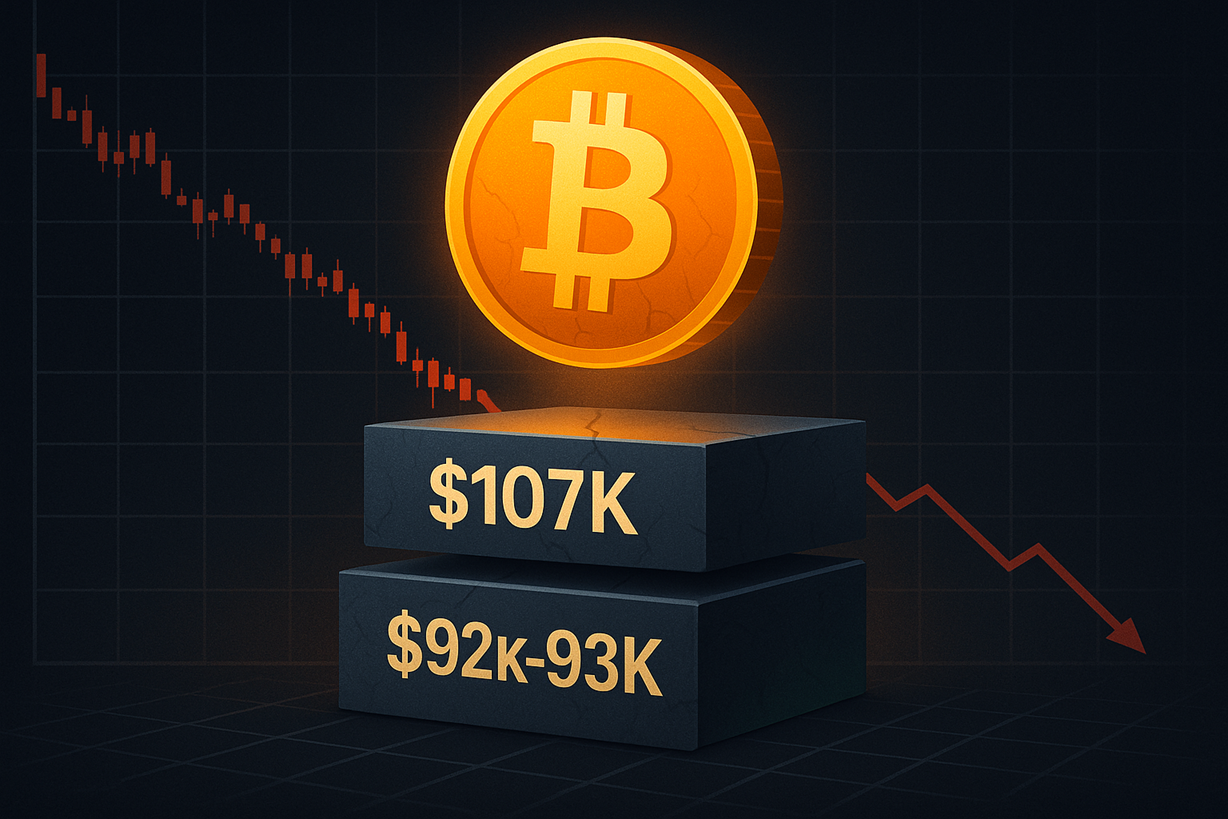Google Core Updates Explained: Everything You Need to Know
Behind the scenes right now, Google is rolling out its new May 2022 Core Update. This is the first broad core algorithm update of 2022 and is currently in the middle of its two-week launch. As with all updates...

Behind the scenes right now, Google is rolling out its new May 2022 Core Update. This is the first broad core algorithm update of 2022 and is currently in the middle of its two-week launch. As with all updates like this, it brings brand new changes to how its ranking algorithm assesses websites and content.
In the past, Good Signals has helped brands and organizations navigate the rollouts of previous core updates with their core update guide and working with them to recover from any resulting drops in rankings.
In light of the newest update, now is the perfect time for a full breakdown of what a Google Core Update is and what you, as business and website owners, should be doing.
What is a Broad Core Update?
Google’s broad core algorithm updates happen every four-six months, bringing a period of volatile SERPs (search engine results pages). But what exactly are they?
Broad core updates are Google updating their whole search algorithm. This isn’t specific to any region, language, or region. In Google’s announcement, they explain that “Core updates are changes we make to improve search overall and keep pace with the changing nature of the web. While nothing is a core update specific to any particular site, these updates may produce some noticeable changes to how sites perform, which we’ve noted in previous guidance on what site owners should know about core updates.”
By keeping up to date on when these core updates are happening, you’ll be able to understand why your analytics might suddenly be showing some unexpected changes to rankings.
These types of updates are not to be confused with Google’s other updates. For example, so far in 2022, there have been two other updates: the March 2022 Product Algorithm Update and the Page Experience Update for desktop that also finished rolling out in March.
Why Does Google Release Updates?
Each Google broad core update brings Google closer to its mission of “organizing the world’s information and making it universally accessible and useful”. That’s Google’s official mission statement. With these updates, Google is trying to level the playing field for sites that deserve to be seen by lifting their rankings.
That sounds like a good thing, right? That’s because it is, for those who are doing the exceptional. Of course, due to the nature of rankings, that means some websites and brands will have to fall so others can rise. It doesn’t mean you’ve done anything wrong or that Google’s punishing you. It simply means that another webpage answers the query of a particular keyword better than yours currently does.
Just to reaffirm, if your rankings fall as a result of a core update, there’s nothing wrong with your page and you haven’t violated any webmaster guidelines.
If anything, Google updates are more of an opportunity rather than something to panic about.
What to Do Right Now
Nothing. No, seriously. The best thing you can do is wait for the update to finish rolling out and avoid taking action until the organic ranking fluctuations settle.
It is understandable that seeing huge decreases in your position can send even the calmest marketing team into panic mode, but leave it for 10-14 days and it could actually fix itself and go back to normal.
Until the rollout is complete in the second week of June 2022, all you should be doing is keeping up to date and monitoring your organic traffic and rankings
What to Do If Your Website Is Hit
For every website that climbs the rankings, another must fall. That’s the nature of SEO (search engine optimization). If you’re on the losing end of an update, it’s just bad luck. Thankfully there are ways to bounce back.
Google’s advice is always to build content that deserves to rank and be rewarded. This vagueness can be frustrating, but the essence of this advice is to consistently create high-quality content and make your website useful and easy to use.
There are no magic steps you can take to quickly recover, especially since you haven’t done anything wrong (although if you do have broken webmaster guidelines, it’s best to fix these immediately). Google offers their own list of questions to ask yourself about your website that are definitely worth working through, but the best way to jump back up those rankings?
Competitor research.
The whole point of these updates is to reward exceptional websites. Where better to find what Google expects and rewards for a particular keyword or query? They’re easy to find: at the top of the SERPs. Assess competitors that have benefited from the update. What have they done successfully? How could you use this to improve your own pages?
Previous Updates
The first broad core update was introduced back in 2018. It was made explicit even then that there was nothing specific for websites to fix. Yet, for the past few years, core updates have typically sent the internet into a frenzy of speculation.
There have since been a few broad core updates every year, each very different in size and scope. The most recent was the November 2021 core update, and before that the back-to-back June and July updates. 2020 also saw three core updates: December, May, and January. If you’re having trouble keeping up with and comprehending the core algorithm update, check out the best SEO agencies in the UK that can help you have a better understanding.

 KickT
KickT 











_1.jpg)




















